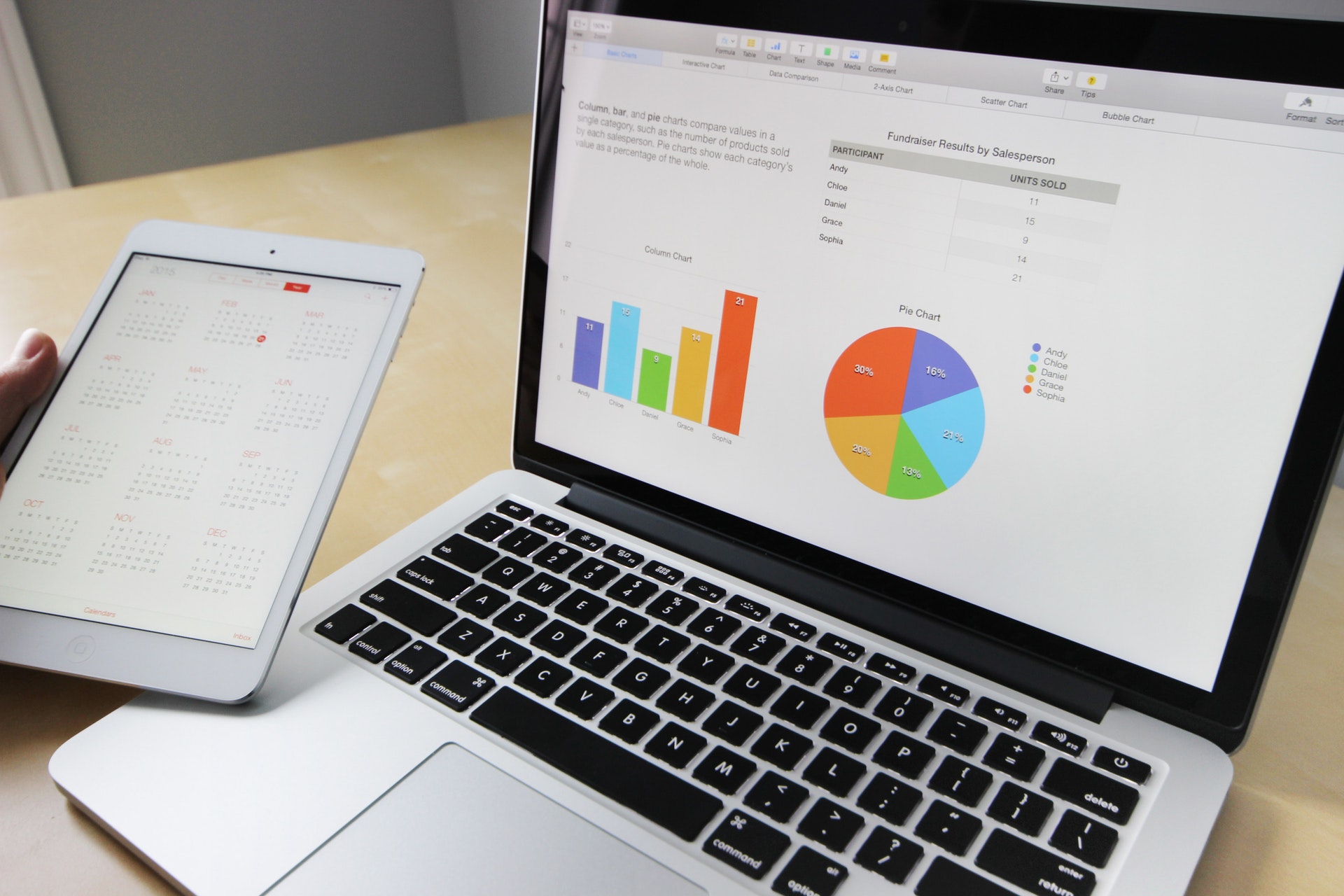Solved… The marketing metrics your board want to see
Digital Marketing
Website Development

Picture the scene… You stride into the boardroom with your data and stats under one arm and your laptop under the other, ready to present all of the amazing work you have been doing over the last year.
You know that you have hit some key metrics, in fact it’s been the most successful year ever in terms of new business and sales.
You launch into your presentation with confidence and pride, as you let your board know that the company social media following has increased by 10,000, your overall email click through rate is 50% and that marketing efforts have generated over 5,000 new leads this year.
But, at the end of the presentation, you look around and there is a look of confusion across everyone's faces. Your CEO says things like, “That’s great but how does this impact our bottom line?” and, “How many customers did this work translate into and how much did each one cost?”
In reality, presenting your efforts to the board probably doesn’t end as abruptly. Most modern directors will know that the above stats are positive and do contribute to the business.
But these could be seen as vanity metrics... what directors really want to know is costs, and what these costs have produced. In a nutshell, it’s Return On Investment or ROI for short.
Of course, proving that marketing is producing profitable results is only one side of marketing and there are certain metrics that are also essential to report on.
So without further ado, here are the metrics that your board will want to see. Showing these during a presentation will result in fewer looks of confusion and more of delight!
Marketing ROI
As we have already mentioned it, let’s start with ROI or as it is sometimes named, ROMI (Return On Marketing Investment).
It’s probably the best way to show exactly how marketing contributes to the business's bottom line. ROI is the profit gained as a result of investing in marketing, and it’s a great way to show how marketing is essential to the profitability of the business. Don’t forget, your board generally only cares about how much profit marketing has brought into the business and how much it has cost them, so this is the perfect metric to start off with.
Calculating ROI is pretty simple… You take away the annual profit from the amount you have invested in marketing for the year and divide it by the annual investment amount.
So, for example, if your company made a profit of £80,000 last year and you had a marketing budget of £10,000, you would do; 80,000 - 10,000 = 70,000 / 10,000 = 7. ROI is often displayed as a percentage so you multiply it by 100 which gives you an ROI of 700%.
Cost per acquisition (CPA)
If you have worked in or run online advertising campaigns then you will more than likely have come across CPA.
CPA is the total cost of acquiring a new customer via a campaign or certain marketing channel. It’s pretty likely that over the past year you will have run some sort of paid advertising campaign or had some sort of media spend.
Alternatively, if you know the exact budget you spent on an overall marketing campaign across multiple channels then you can use CPA.
Your board will want to know how much a customer has cost the business to acquire and while it’s a good idea to do this as an overall metric, you will also want to split it into individual marketing channels.
To calculate it you simply divide the total cost of a campaign, be it media spend or entire campaign, and divide the total amount of new customers gained from the campaign or specific advertising channel.
For example, if you were running a Facebook campaign for your new service and you spent £5,000 over the year on it. You gained 7 new customers from this campaign.
You would work out the CPA by doing; 5000 / 7 = £714.28 per customer for this campaign.
If there was further work that went into this campaign, such as creative resource, then you may want to assign a cost value to this as well.
Website conversion rate
Your website is your online shop front and your board know this. The majority of your potential clients will likely visit your website and be influenced by it when it comes to getting in touch with you or, ultimately, doing business with your firm.
A conversion can mean a lot of different things to different marketers… in a broad sense it’s a user taking a valuable action on the website, be it filling out the contact form, downloading a guide, subscribing to a newsletter or making a purchase. These are all positive signs that the user might eventually agree to do business with you.
Your website is like a hub for all of your digital marketing efforts so by showing that it is bringing in the leads and clients, you can show your board that it’s a worthwhile investment.
Calculating it is easy; you simply take the number of website sessions and divide it by the number of conversions.
It’s important to remember to report on the right conversions as some conversions could be more valuable than others.
For example, you class a conversion as a guide download and you have had 150 guide downloads over the past year. Your guide landing page has had 1,200 sessions this year.
To work it out, you would do; 1200 / 150 = 8 x 100 = 8%
Traffic growth
Website traffic is a good indicator of how your marketing is performing. If it’s on the increase then generally that means that you are doing something right and more people are looking for your business and its services.
On the other hand, if it’s decreased over the last year, it means that you need to take a serious look at what’s going on…
Your board will care about website traffic because they understand that more people on the website will likely equal more conversions.
To work traffic growth out, you take away the number of sessions over the current year from the number of sessions from the previous year then divide it by the sessions from the previous year. Then to get a percentage, multiply by 100.
For example, if this year you have had 8,000 sessions on the website and last year you had 6,800... You would do; 8000 - 6800 = 1200 / 6800 = 0.17 x 100 = 17%.


